Federal Labor approved Woodside's climate destroying extension
But what about the community at the heart of this story?
Landing at Karratha airport on Tuesday afternoon is what I imagine it’s like stepping into the Liberal Party Room, a lonely island as a woman in a sea of men. They either don’t notice you at all, or stare like you’re a piece of meat. The hi-viz uniforms that pack out the terminal scream of industry: long hours, big contracts, tough conditions, financial reward. These were blokes flying in, doing their job to feed themselves and their families comfortably, and then simply flying out. If I thought this gender divide was jarring, wait until you step outside of the airport and see the broader contrasts in this region.
I had the incredible opportunity last week to fly to remote Western Australia for less than 20 hours, to meet with Pilbara Traditional Custodians and hear directly from them about the impact that the gas industry has had on this land, their land.
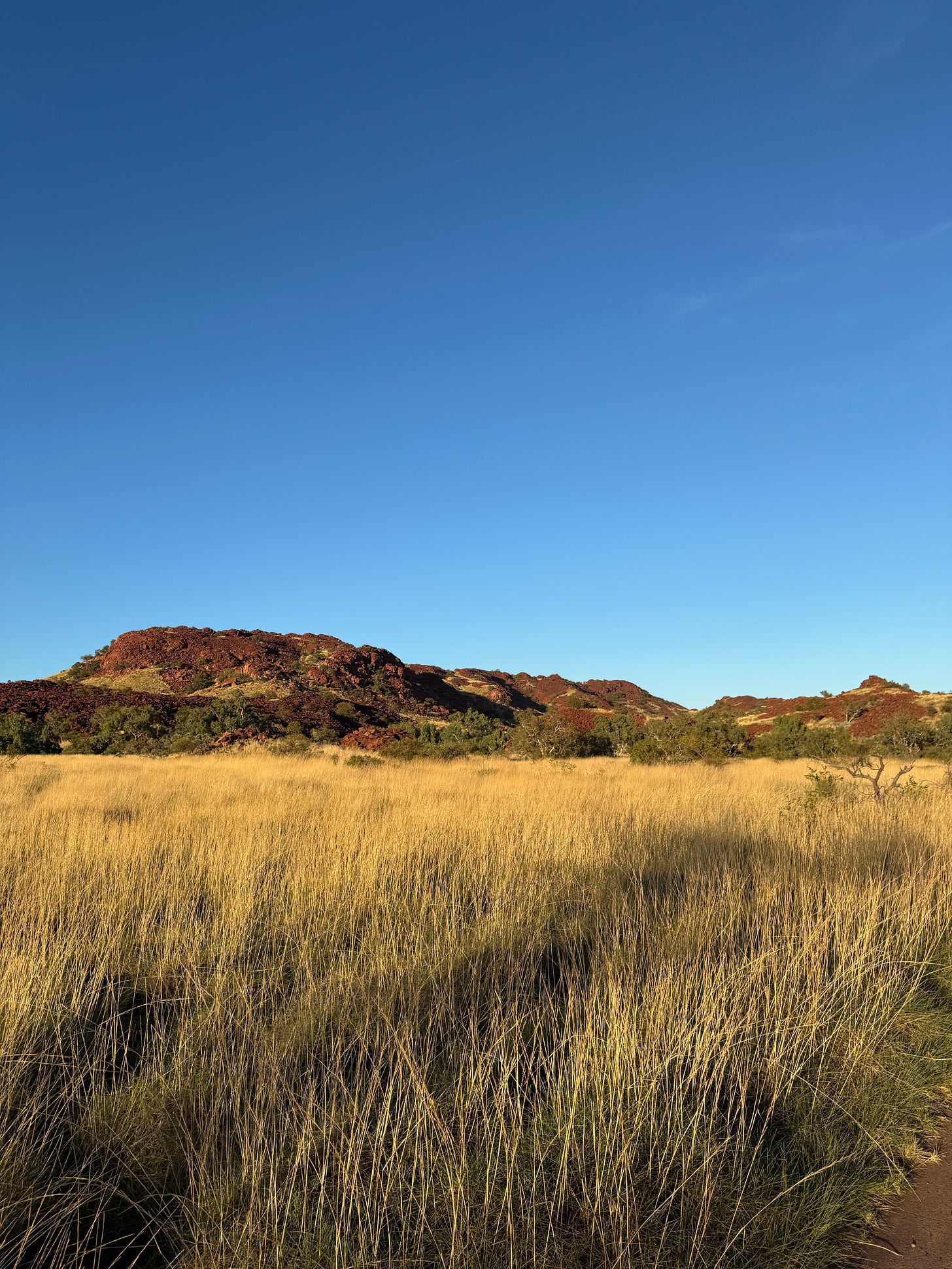
The small community of Roebourne, many of whom live below the poverty line, are neighbours with a billion-dollar gas industry Goliath, Woodside Energy Group. The economic comparison is disturbing. The physical landscape being disrupted by this gargantuan construction is just as distressing.
In May of this year, the same month Labor was re-elected in a landslide victory, Environment Minister Murray Watt approved an extension for Woodside’s North-West Shelf gas project to run for an additional four decades, until 2070.
Environmental organisations say this project will emit 4.4 billion tonnes of climate pollution. That equates to ten times Australia’s annual emissions.
The Guardian have made an amazing graphic to illustrate the extreme damage this approval will cause.
Research from the Australia Institute shows emissions from Western Australia’s gas exports are greater than the emissions of 153 individual countries, and greater than all of Australia’s coal power stations.
Australia Institute Research Director, Rod Campbell, said of the approval: “Woodside’s Burrup Hub expansion is one of the biggest proposed new fossil fuel developments in the world. It will make climate change worse, and is not in the national interest or in the interests of Western Australians.”
But emissions aren't the only discussion point surrounding the approval of this expansion.
Driving from Karratha airport and into Murujuga National Park is surreal. Its beauty is indescribable. The region is home to the world's largest concentration of ancient rock art, featuring more than one million recorded petroglyphs that date back more than 40,000 years. This national park is home to the earliest known depiction of a human face. Its rich cultural heritage and historical value cannot be understated.
Murujuga is undoubtedly one of the most visually stunning places on earth. That is, until you turn your head to see the Burrup Gas Hub overwhelming the area.
This North West Shelf gas extension, part of the Woodside’s Burrup Hub mega-project, was approved under the Environmental Protection and Biodiversity Conservation Act 1999 (Cth) (‘EPBC Act’), which has no regulatory mechanisms which consider climate change or greenhouse gas emissions as factors in decision-making. Minister Watt acknowledged that the EPBC Act does not allow him to refuse a proposal based on this damage.
If you’re thinking, ‘this is absurd’, that’s because it is. It is also preventable, changeable, actionable. The EPBC Act is hopelessly insufficient for protecting our environment. The Albanese government prepared draft legislation in its last term, which would begin to reform the EPBC Act. However, that was stopped by WA Labor Premier Roger Cook who lobbied the government to drop the reforms. The Greens have consistently pushed for Labor to include a ‘climate trigger’ in the EPBC act to assess greenhouse gas emissions. Minister Watt has promised to revisit environmental law reform, but already said he’s not inclined to include a climate trigger.
So, here we are.
When the North West Shelf Expansion Project was approved, the rock art was central to backlash and protest. Not only was Labor approving climate doom that was fundamentally incompatible with our net zero targets, there were concerns they were risking the cultural values of a landscape that is home to more than a million ancient rock engravings.
This is where the discussions become even more complicated.
In July, UNESCO will decide whether Murujuga Cultural Landscape will be listed as a World Heritage Site. The application has been made by Muruga Aboriginal Corporation (MAC) in collaboration with the WA Department of Biodiversity, Conservation, and Attractions and the Australian Government.
MAC was formed in 2006 out of a controversial agreement with the WA government that extinguished native title rights to the Burrup Peninsula and granted traditional custodians joint management of Murujuga National Park. The National Park is privately owned by MAC. The organisation receives funding from state government and industry sources, including Woodside. MAC is made up of members from five traditional custodial groups: the Ngarluma, Mardudhunera, Yaburara, Yindjibarndi, and Wong-Goo-Tt-Oo peoples.
The prospective United Nations World Heritage listing would recognise the cultural value of this landscape. However, a draft UNESCO decision based on the advice of the International Council on Monuments and Sites (ICOMOS) recommends the nomination be referred back to the Australian government so it can "prevent any further industrial development adjacent to, and within, the Murujuga Cultural Landscape" before World Heritage listing is given.
Currently MAC are working in collaboration with Curtin University and the WA Government on a rock art monitoring program. They say the most recent data shows current emissions are below levels which may affect rock art.
Other Traditional Custodians (some current and former members or directors of MAC) are more concerned, referencing the finding from the same research, that the closer a rock was located to industry, the greater the degradation as a result of industrial air emissions.
Some scientists have also disputed the executive summary of the recently released rock art monitoring report, claiming it does not reflect the rigorous research in the report.
When visiting the Pilbara region, I had the opportunity to visit the offices and listen to members of MAC. The experience was incredible. I was able to undertake a cultural induction and see their rock monitoring program in action. To speak with First Nations rangers about their connection to Country was meaningful. Their goals are clear: to work alongside the government to achieve World Heritage listing, and to monitor and protect the ancient rock art. MAC believes that heritage and industry can coexist on the Burrup Peninsula.
I also had the privilege to meet with Traditional Custodians who held different perspectives. I was honoured to be Welcomed to Country, and to be taken to see some of the amazing ancient rock art in the region.
Two powerful advocates against the expansion are Ngarluma woman Samantha Walker and Mardathoonera woman Raelene Cooper, founder of the campaign group Save our Songlines.
Walker has collected the signatures of many Traditional Custodians and sent a letter to the Federal Labor Government requesting that Minister Watt engage with Traditional Custodians through their cultural protocols. She believes that First Nations people have been failed and require further consultation, and that the proposed conditions Minister Watt has put upon the North West Shelf extension should be made public.
Meanwhile, Raelene Cooper is running a Federal Court challenge in an attempt to stop the North West Shelf extension. In 2022, she made a Section 10 cultural heritage assessment application under the Aboriginal and Torres Strait Islander Heritage Protection Act. Now, she has filed a motion to compel Minister Watt to make a determination after three years with no result and no response.
The complex history and politics around Murujuga has led to ongoing tension and lasting harm, which I heard about directly from different perspectives during my visit. There are different views amongst Traditional Custodians on the best path forward to protect heritage. It is not my place or role to adjudicate these debates, only to listen and amplify the importance of this environmental and cultural conversation and the complex layers involved.
Having the opportunity to speak with so many incredible people from this region communicated a clear point of agreement that should supersede all others: this Country is of great cultural significance, and must be protected at all costs.
To learn more about the Murujuga rock art, you can follow @murujugaaboriginalcorp, @saveoursonglines and @ngurrangga_
To learn more about the climate impacts of Woodside’s North West Shelf extension, follow @gobeyondgas, @ausconservation, and @aycc_wa.




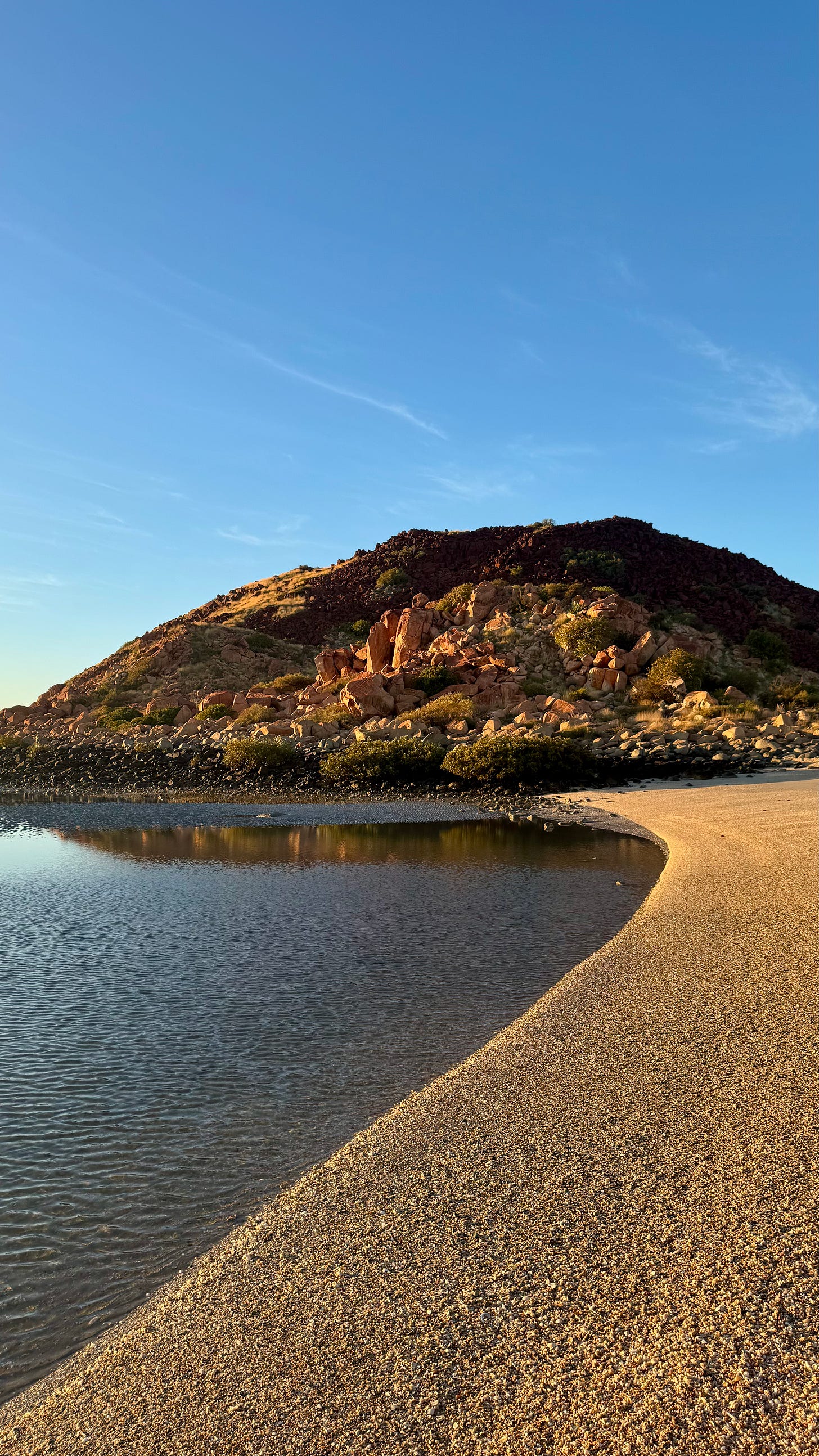

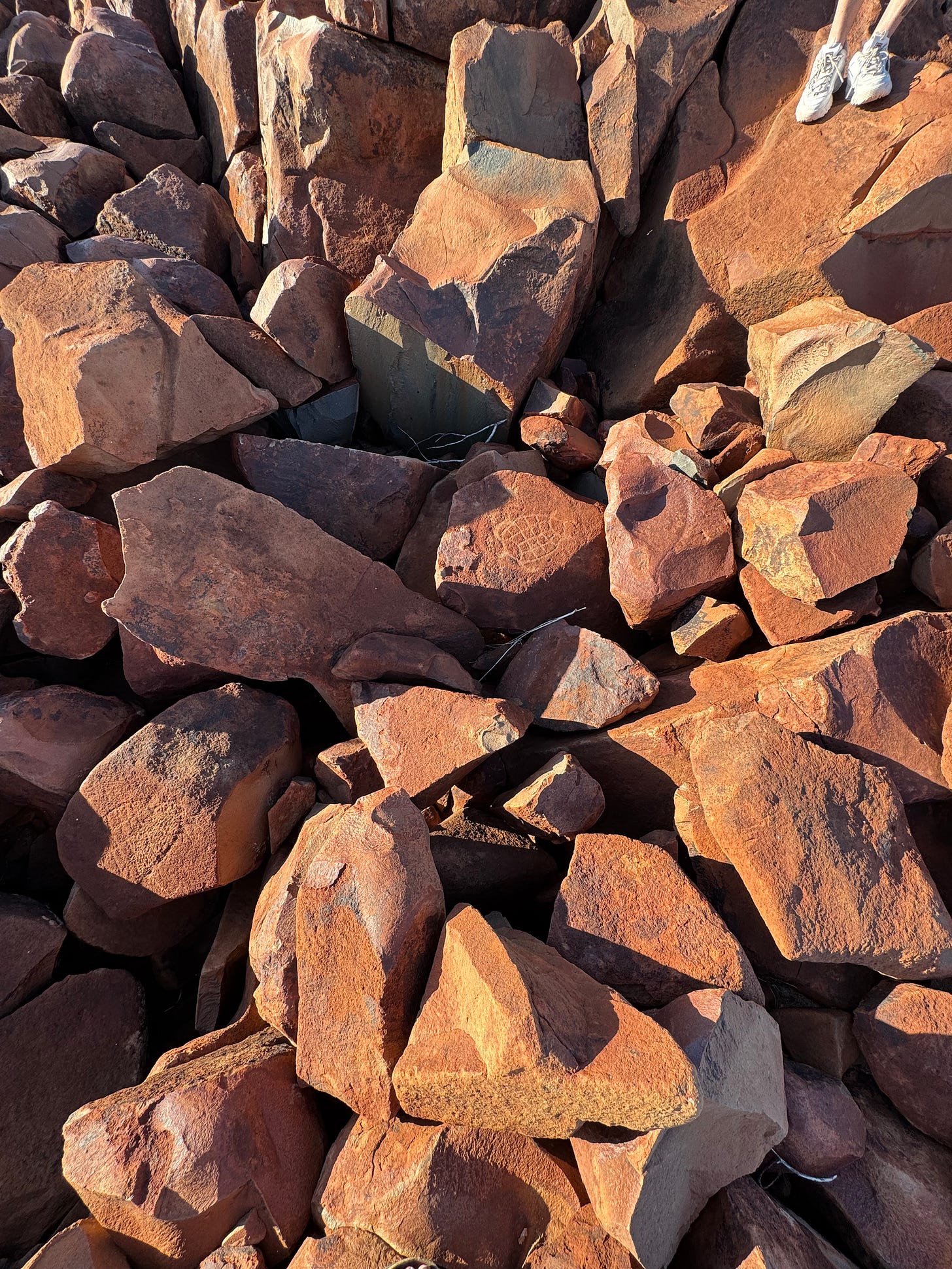
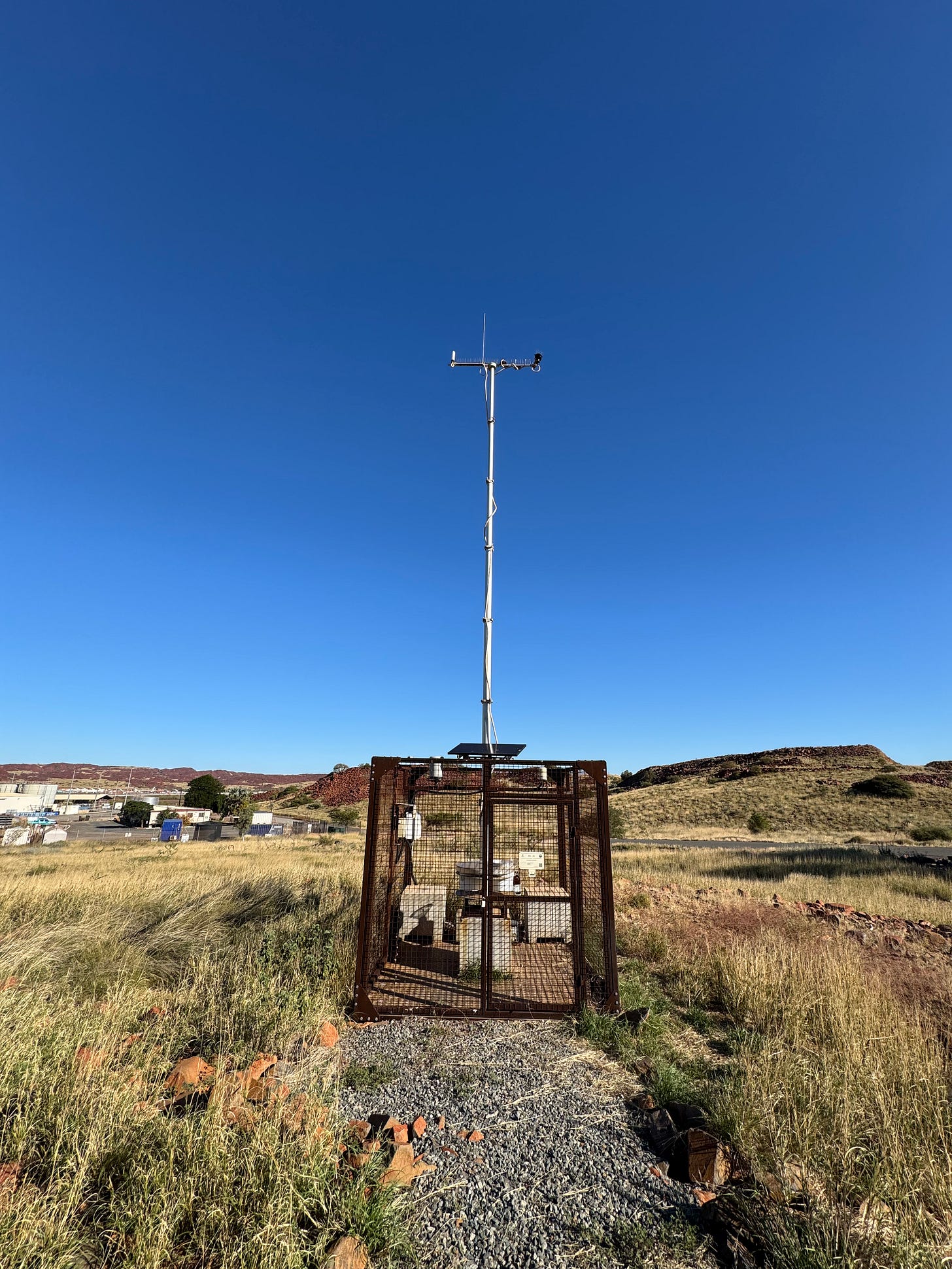
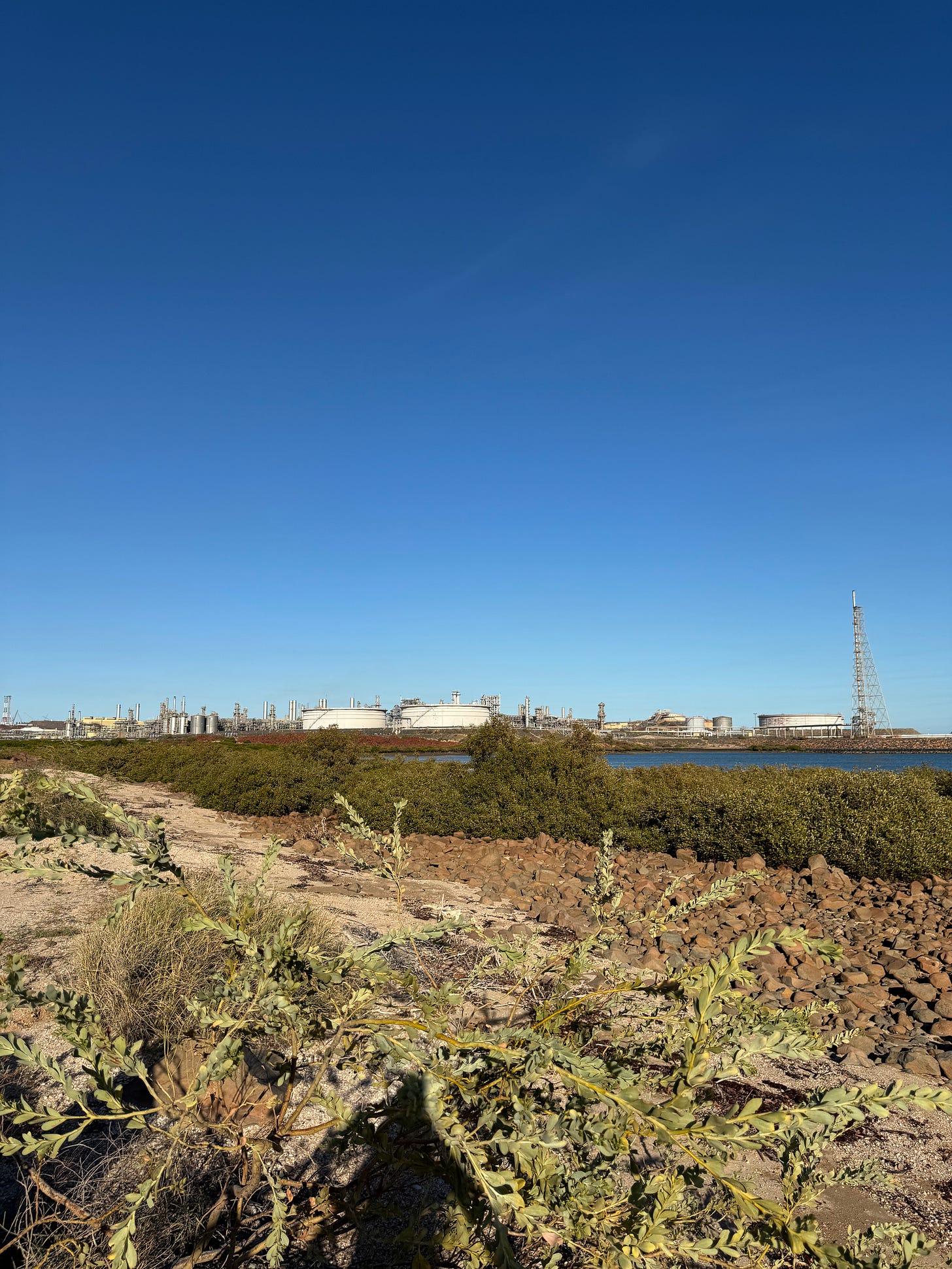
thank you for this Hannah! Appreciate everything you do and the people and groups whose voices you amplify
You’re amazing Hannah 🧡